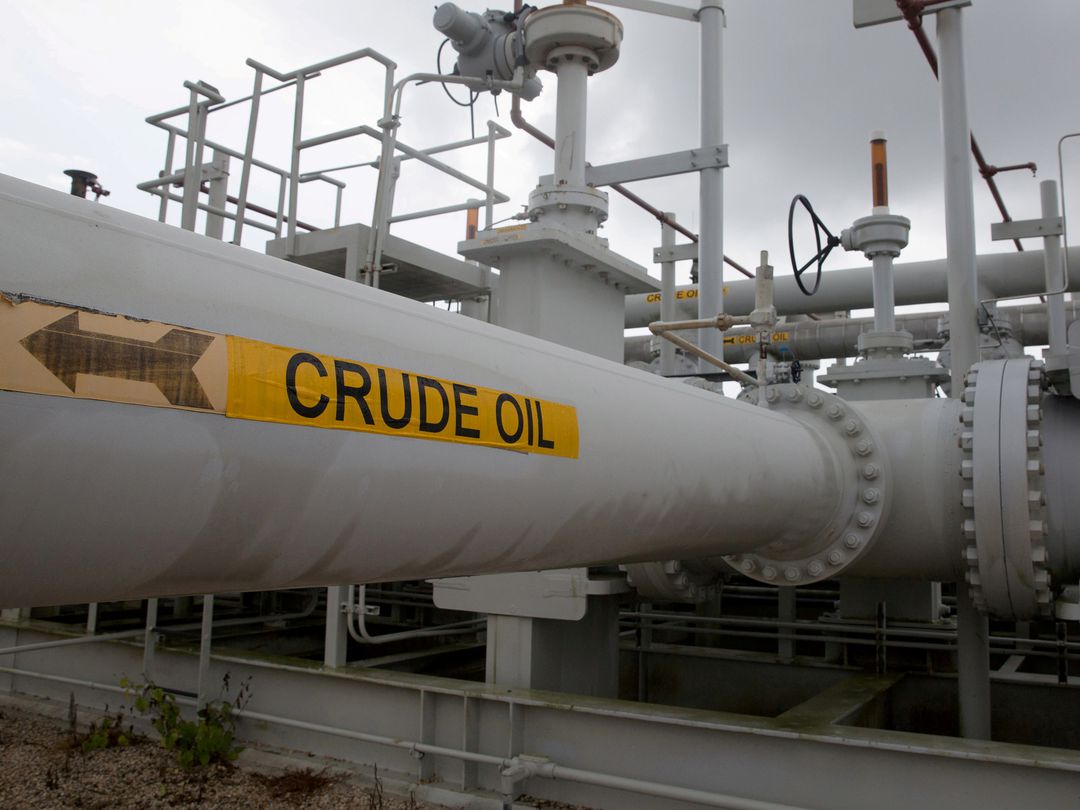Oil prices rise on supply fears amid tensions in Eastern Europe, Middle East
 NepalPress
NepalPress

Oil prices rose on Monday on worries about supply disruption amid rising tensions in Eastern Europe and the Middle East, which could make an already tight market even tighter, while OPEC and its allies continued to struggle to raise output, Reuters reported.
Brent crude futures rose 58 cents, or 0.7%, to $88.47 a barrel by 0742 GMT, reversing a 0.6% loss on Friday.
U.S. West Texas Intermediate (WTI) crude futures gained 57 cents, or 0.7%, to $85.71 a barrel, having fallen 0.5% on Friday.
Both benchmarks rose for a fifth week in a row last week, gaining around 2% to hit their highest since October 2014. Prices are already up more than 10% this year on the concerns over tightening supplies.
“Investors remained bullish due to geopolitical risk between Russia and Ukraine as well as in the Middle East, while OPEC+ continued to fail to reach its output target,” said Kazuhiko Saito, chief analyst at Fujitomi Securities Co Ltd.
“An expectation for higher heating oil demand in the United States amid cold weather also added to pressure,” he said.
Fuelling fears of supply disruption in Eastern Europe, the New York Times reported late on Sunday that U.S. President Joe Biden was considering deploying several thousand U.S. troops to NATO allies in Eastern Europe and the Baltics.
Russia will face severe economic sanctions if it installs a puppet regime in Ukraine, a senior British government minister said on Sunday, after Britain accused the Kremlin of seeking to place a pro-Russian leader in power there.
The U.S. State Department also announced it was ordering diplomats’ family members to leave Ukraine, as President Biden weighed options for boosting America’s military assets in Eastern Europe to counter a buildup of Russian troops.
In the Middle East, the United Arab Emirates intercepted and destroyed two Houthi ballistic missiles targeting the Gulf country on Monday with no casualties, its defence ministry said, following a deadly attack a week earlier.
OPEC+, which groups the Organization of the Petroleum Exporting Countries (OPEC) with Russia and other producers, is struggling to hit its monthly output increase target of 400,000 barrels per day (bpd).
OPEC+ compliance with long-installed oil production cuts rose to about 122% in December, two sources from the producer group told Reuters, indicating that some members continue to struggle to raise their output.
“Expectations that OPEC+ members such as Saudi Arabia and Russia are likely to keep the current policy of gradual increase of output to maintain Brent oil prices between $85 and $90 a barrel are providing support to an overall sentiment,” said Tetsu Emori, CEO of Emori Fund Management Inc.
Money managers raised their net long U.S. crude futures and options positions in the week to Jan. 18, the U.S. Commodity Futures Trading Commission (CFTC) said on Friday.
In the United States, petroleum inventories have continued to slide over the last month, while energy firms cut oil rigs this week for the first time in 13 weeks. Analysts expect cold weather to boost heating demand over the next few weeks.














